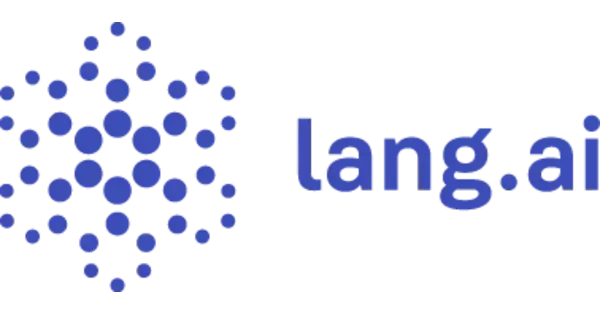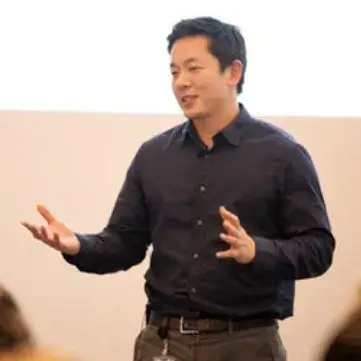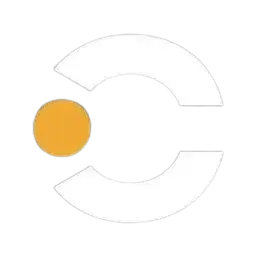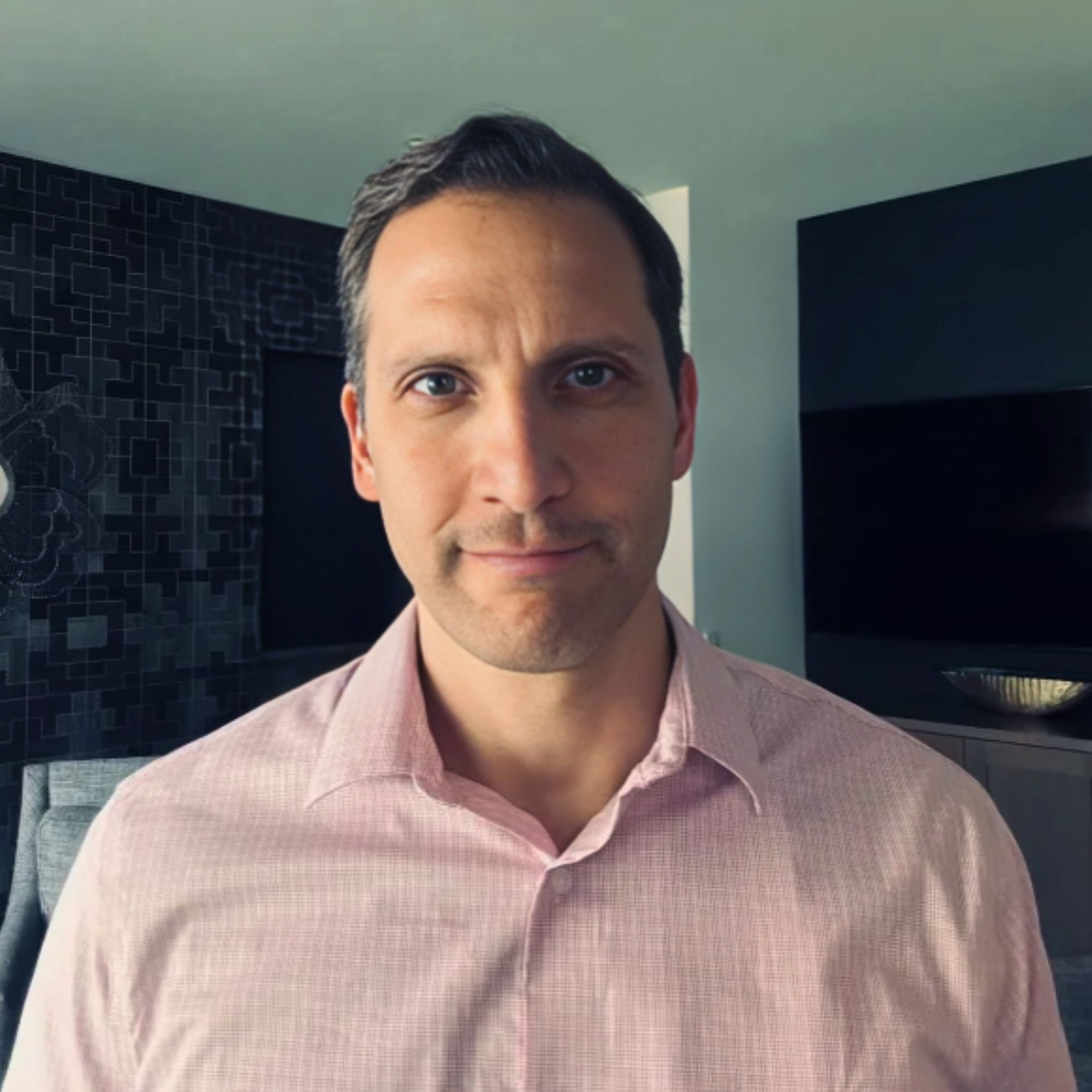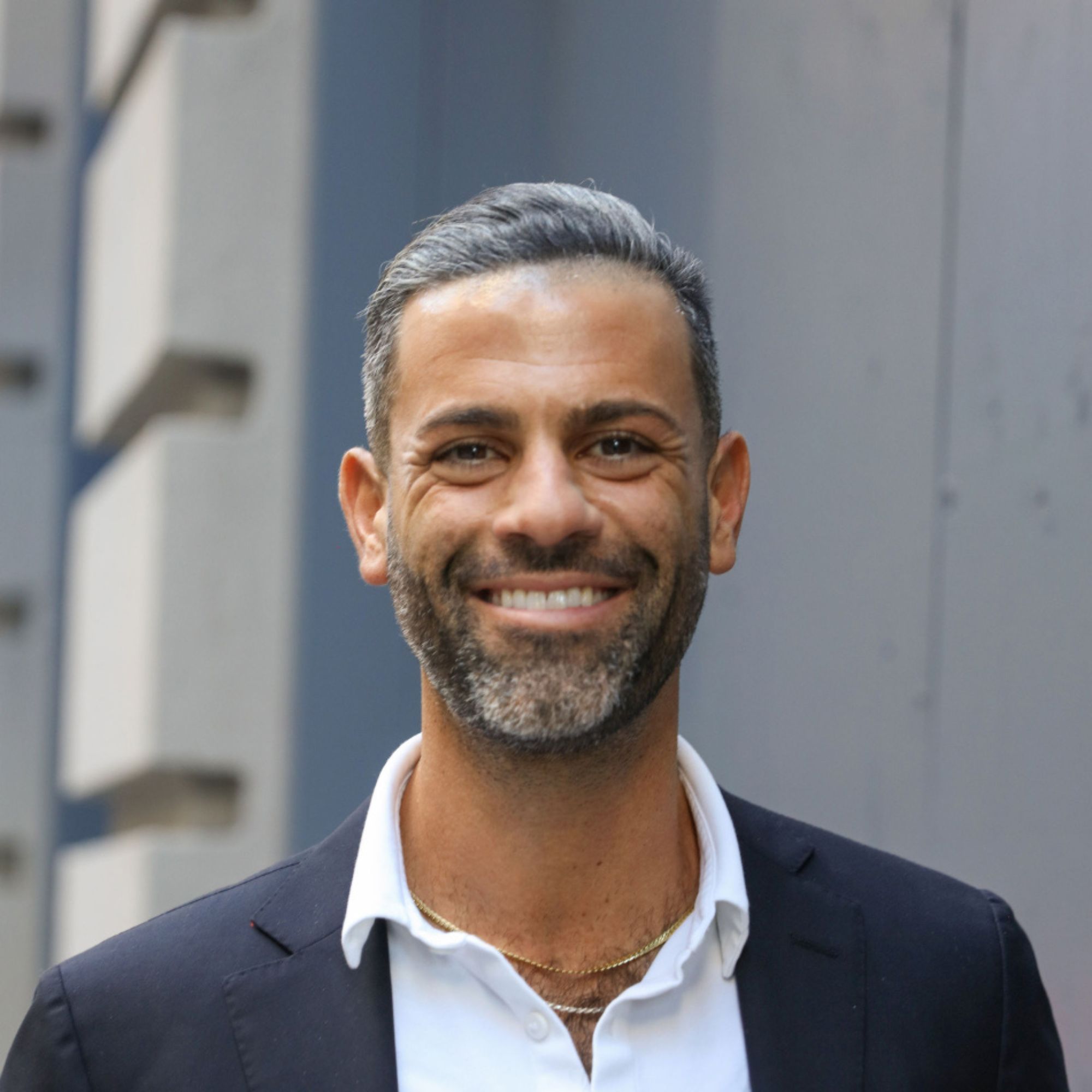Ready to build your own Founder-Led Growth engine? Book a Strategy Call
Frontlines.io | Where B2B Founders Talk GTM.
Strategic Communications Advisory For Visionary Founders
Conversation
Highlights
Engineering a Go-to-Market Strategy: How Vayu Robotics Built Their Path to Market Through Customer-Led Development
Most founders rush to build their product. But in a recent episode of Category Visionaries, Anand from Vayu Robotics reveals how spending eight months in customer conversations before writing a single line of code shaped their go-to-market success.
“I think if I was really point to two things that we did antithetical to her nature as engineering founders,” Anand explains, “One was spending a lot of time before we even started building anything, identifying kind of who was our hero customer or our favorite customer, and then actually trying to find those people in those companies.”
This methodical approach to market validation might seem counterintuitive for technical founders eager to start building. However, it proved instrumental in defining Vayu Robotics’ value proposition: creating a universal nervous system that enables mobile robots to see and navigate the world safely.
The company’s early customer discovery revealed an interesting market dynamic. Rather than specializing in a single vertical, they identified opportunities across multiple segments – from factory automation to warehouse operations and autonomous vehicles. This insight led to a pivotal strategic decision.
“We always had this tension about do we go horizontal, or do we go vertical and deep?” Anand shares. “And we decided to actually take the platform horizontal approach and approach multiple verticals. That was a pivotal decision.”
But customer conversations alone weren’t enough. Anand’s team coupled their qualitative research with rigorous quantitative analysis. “The first thing we did was we built a spreadsheet to define what the right unit economics of a solution would look like. And then we live by that spreadsheet,” he notes. This financial blueprint became their north star, ensuring their technology could deliver value across different robotics applications while maintaining viable economics.
Their disciplined approach to market entry has yielded results. In the past year, their customer funnel has tripled in size, with improving conversion rates from initial interest to design wins. However, Anand emphasizes that their customer acquisition strategy remains highly targeted.
“We are in that stage where we are commercial ready now,” he explains. “We are essentially in that first push into the market where you’re not trying to basically get every single customer. You’re trying to actually carefully curate your first group of customers who can truly make you successful and also make your product the best product that it can be.”
This selective approach to early customers creates a tight feedback loop, with customers actively shaping product development. “There’s a tight feedback loop with these first group of customers who are constantly basically calling you and giving you feedback and saying, this doesn’t work, or this could better, and you’re refining the product as you’re also working with these customers to make their end system successful,” Anand shares.
Their go-to-market strategy also reflects their engineering DNA. Rather than focusing on traditional marketing, they’ve adopted a technology and product-led approach. “Maybe this is because my background as an engineer, and so are my co-founders,” Anand reflects. “Ultimately, robotics is very much hard tech sell, right? So you’re selling, it’s engineers selling to engineers.”
Looking ahead, Vayu Robotics aims to become the foundational platform enabling the next wave of robotics innovation. “In three to five years, I would hope that we are sort of that nervous system that powers this wave of robots that we see coming clearly,” Anand envisions. “Ten years from now, I think you will see robots in all parts of our lives. And if we are that nervous system that enables those robots to see and move through the world, I think that would be a pretty cool achievement to look back on.”
For technical founders navigating their own go-to-market journey, Anand’s experience offers a valuable lesson: sometimes the most counterintuitive approach – like spending months in customer discovery before building – can create the strongest foundation for growth.
Actionable
Takeaways
Embrace the Power of Reinvention:
Anand's journey is a masterclass in the power of reinventing oneself to meet new challenges and opportunities. For B2B tech founders, being open to change and continuous learning is key to staying relevant and innovative in the fast-evolving tech landscape.
Deep Industry Connections Are Invaluable:
The genesis of Vayu Robotics underscores the importance of leveraging deep industry connections and shared experiences to identify opportunities and co-founders. Building a strong network can provide critical insights and open doors to initial customers and partners.
Focus on Solving Real Problems:
Anand's approach to identifying early customers—focusing on real problems that need solving—can be a blueprint for founders. Engaging with potential customers early and often to understand their pain points can guide product development and ensure market fit.
Adopt a Product-Led Marketing Philosophy:
Vayu's technology and product-led marketing strategy highlight the effectiveness of focusing on the tangible benefits your product offers. For founders, ensuring your marketing messages resonate with the specific needs and language of your target audience, especially in technical fields, is crucial.
Understand Your Product’s Unit Economics:
Anand emphasizes the critical role of unit economics in robotics, which is applicable across tech sectors. Founders should prioritize understanding the cost structures and economic viability of their products from the outset to build sustainable business models.













































